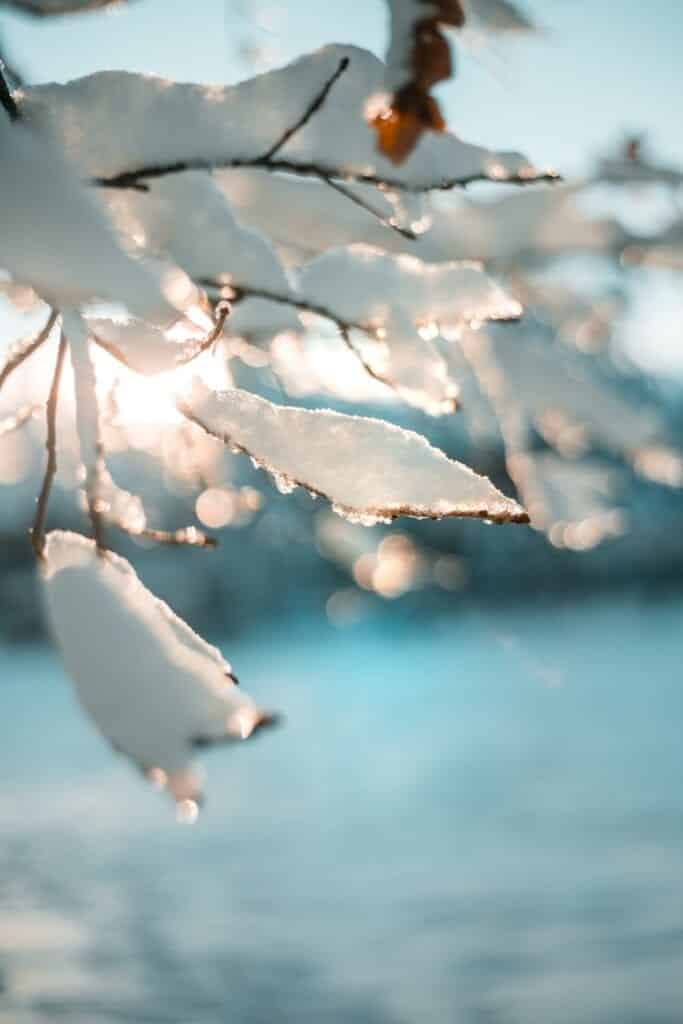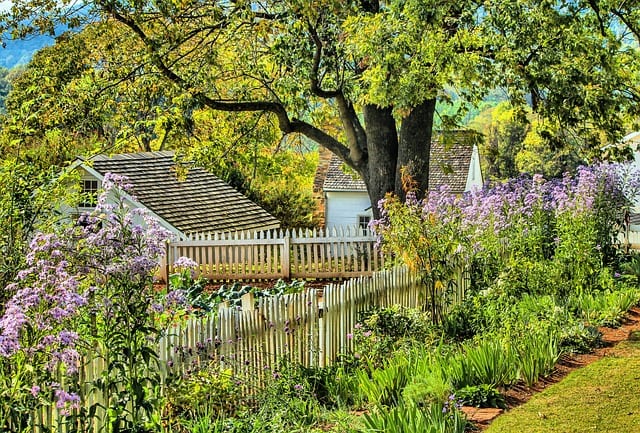
The Twin Cities experienced near record-breaking sub-zero temperatures this February. Many homeowners are beginning to wonder if their landscaping will make a smooth transition into the spring cycle.
Before we get to that, it may be useful to know that even in the coldest weather conditions plants are biologically active. Knowing this often gives everyone a better mindset to prepare for next year’s winter.
Studies of root systems below the tundra-like Minnesota surfaces reveal there is still activity at the microbial level, with mycorrhiza fungi performing their biochemistry role to keep plants alive.
While you may never see this activity, it speaks to the fact that plants require the basic elements of food and water for year-round survival.
Learn From Winters Like This One
Plants that are well-hydrated are protected when the temperatures remain below freezing for extended periods. It’s because that frozen state locks in moisture.
Remember Folgers® freeze-dried coffee? That’s basically what happens when the soil is too dry when temperatures dip. Frigid air desiccates plant tissues to the point of burning and drying them.
Sadly, what’s good for instant coffee doesn’t work for plants. The good news is that the extra snow cover we had may have provided some level of protection.
Now that temperatures are warming, we can start assessing the condition of your landscape plants to determine the next steps.
Trust The Natural Recovery Progress
What’s most important is to have patience.
It’s natural to notice some plants budding in early spring and others seemingly refusing to cooperate. Give them time. Plants have an innate will to survive.
An easy way to assess the health of a woody tree or shrub is lightly scratching the bark of a young, terminal branch with your fingernail. If it’s soft and light green it is healthy.
If a plant is not leafing out as expected, test another branch closer to its base. If it’s healthy, light pruning should be a sufficient remedy. You will need to prune down below the wood that has turned gray or dark brown to encourage the growth of new buds.
Vital carbohydrate reserves are often compromised from a frigid winter like this one. It’s very much like runners hitting the wall in the latter stages of a marathon. They’ve depleted their stored carbohydrates.
When this happens to plants trying to bud out in the spring, the effect is similar to unsuccessfully blowing up a balloon. The buds partially open and then collapse.
It may be necessary to consult an arborist or horticulturist. He or she will know how and where to prune off the damaged limbs to contain the damage. This practice makes the tree or shrub’s limited reserves available to branches that are healthy enough to make use of them.
When in doubt, talk to your friends and neighbors about what is going on in their garden. If you can make a direct comparison you may discover microclimate factors play a role. For example, it’s common for plants in shay areas to leaf out a week or two later than those in sunny environments.
Once again, be patient. Nature often surprises us in a good way.

Upgrade Growing Conditions and The Plant Palette
Losing plants in urban and suburban environments is going to happen. Soils become compacted and depleted of organic matter over time and general overuse.
Cultivated plants such as roses and tender perennials are usually most sensitive to frigid winters. Broadleaf evergreen shrubs and groundcovers are expected to be the hardest hit this winter.
- Korean Boxwood
- PJM Rhododendron
- Pachysandra
- Big Leaf Wintercreeper (Euonymus)
- Vinca minor
We also expect Arborvitae (Thuja) to have problems too.
Whether you are tasked with replacing a treasured tree that was the focal point of your garden or a group of foundation plantings, approach this as an opportunity to improve the overall design.
Rely on data but ultimately trust your intuition to find what is uniquely suitable.
When replacing plants, you’ll want to consider what may have caused the plant to decline.
- Was the soil poorly drained?
- Does the site receive too much exposure?
- Are the plantings competing with each other?
- Is there sufficient sunlight?
Fixing those problems is your first step.
Disregarding what’s happening below the surface of landscapes is a common mistake. Experts will tell you that it is where they go first to solve problems.
Soils are part of a larger ecosystem that provides plants with everything they need to thrive in conditions ranging from sun-drenched, steamy summers to the sub-zero winters we experience here in Minnesota.
This includes getting air and water to plants while also providing the right environment for beneficial micro and macro organisms to flourish, such as earthworms and microbes.
Most importantly, if you are only able to achieve a partial solution to growing conditions, to drainage let’s say, then select plants more tolerant of that condition.
Talk To Us
Could you use some help planning, designing, and caring for your outdoor environment?
We work with some of the friendliest clients in the Minneapolis area at Architectural Landscape Design.
If you need expert landscaping advice, connect with us to create a customized plan to nurture your landscaping into its finest expression.
